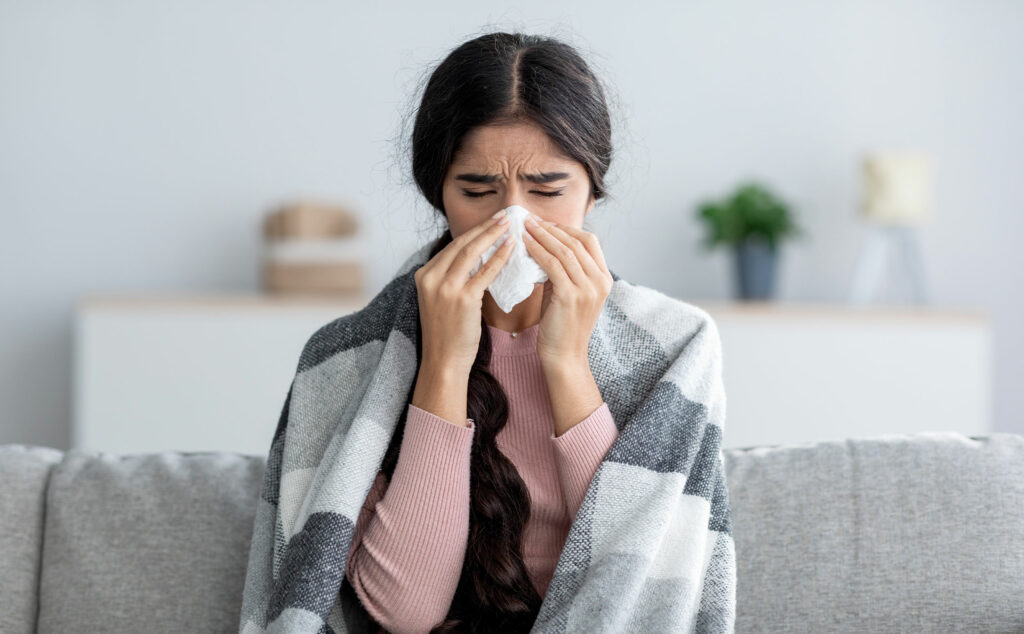General recommendations for patient care at home.
- There must be follow-up and constant communication with a health professional throughout home care until the patient has fully recovered.
- The physician must also be informed about the health or the appearance of symptoms of people who are or have been in contact with the patient.
- Place the patient in a well-ventilated and isolated room if possible.
- Household members must stay in a different room or, if this is not possible, keep a distance of at least one meter from the sick person, who must wear a face mask. An exception to this may be considered in a lactating mother. The mother should wear a mask and practice careful hand hygiene when she is with her baby. If you are the primary caregiver of a child under 5 years old, you can stay with him or her, and you must wear a face mask and perform hand hygiene with soap and water, gel, or alcohol solution frequently. It is also recommended to perform frequent hand hygiene in children under 5 years old due to frequent contact with mucous membranes.
- Limit the number of caregivers for the patient, ideally assign a person with good health, without risk factors, and avoid extra visits.
- Limit patient movement outside the room and minimize shared space (such as kitchen or bathroom). Make sure shared spaces are well ventilated, by keeping windows open, for example.
- Refrain from touching eyes, mouth, and nose.
- Avoid direct contact with body fluids such as respiratory or mouth secretions, fecal matter, urine, or other waste generated by sick people. Wear disposable gloves when there can be contact and perform hand hygiene before and after glove removal.
- Avoid other forms of possible exposure to the sick person’s contaminated objects (toothbrush, cigarettes, cutlery, dishes, drinks, towels, or bedding). Cutlery and plates should be washed with soap and water or detergent after use and can be reused.
- Clean and disinfect frequently touched surfaces such as nightstands, headboards, and other bedroom furniture once a day. You have to do it with a diluted chlorine solution (1 part of domestic or commercial chlorine for 99 parts of water). Bathroom and toilet surfaces should be cleaned and disinfected at least once a day with a diluted bleach solution (1 part household or commercial bleach to 99 parts water).
- Direct skin contact with the patient’s contaminated clothing should be avoided and placed in a bag. Avoid shaking dirty clothes. Try to wash the sick person’s bed linen, bath towels, and hand towels with regular detergent and water, or in a washing machine at 60 to 90°C.
- Disposable gloves and protective clothing (e.g., cloth or disposable gown) should be worn when cleaning or handling surfaces or clothing with body fluids. Hand hygiene should be performed before and after glove removal.
- People with symptoms should stay home until they disappear, a sign that they are cured.
On the use of face masks:
- Refrain from touching eyes, mouth, and nose.
- The caregiver should wear it snug against the face, when in the same room with the sick person.
- The mask should not be touched or manipulated during use.
If the mask becomes wet or dirty with secretions, it must be changed immediately. After use, discard it, and perform hand hygiene.


